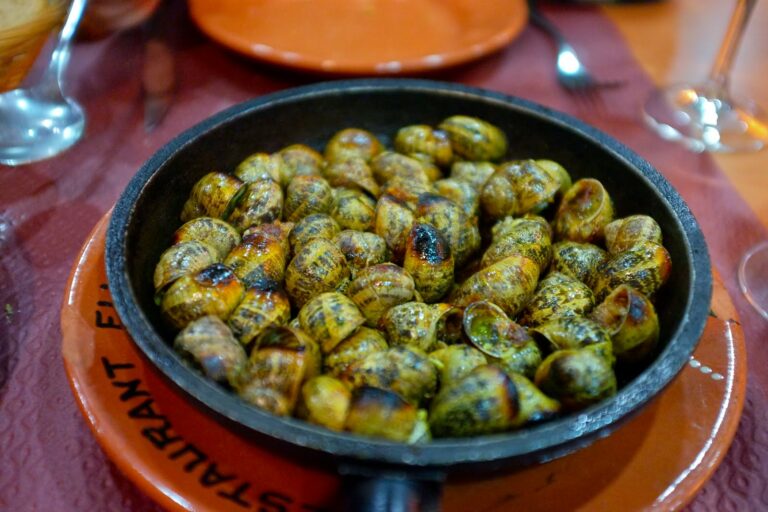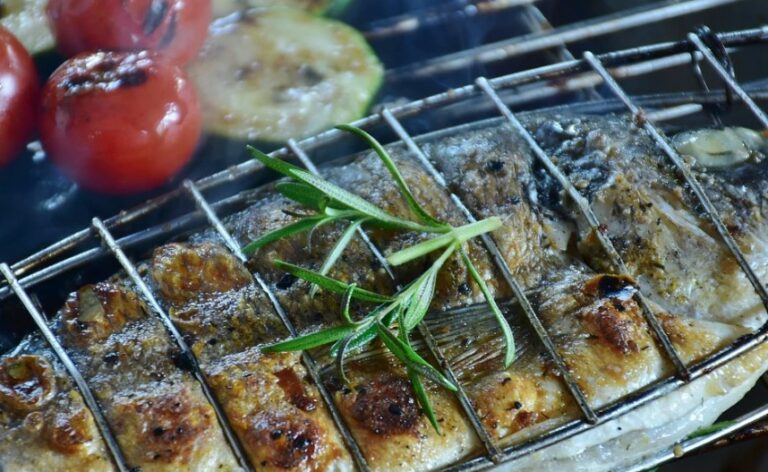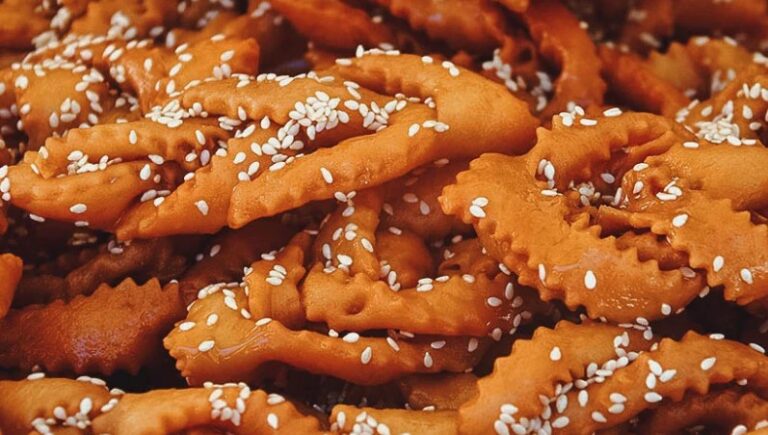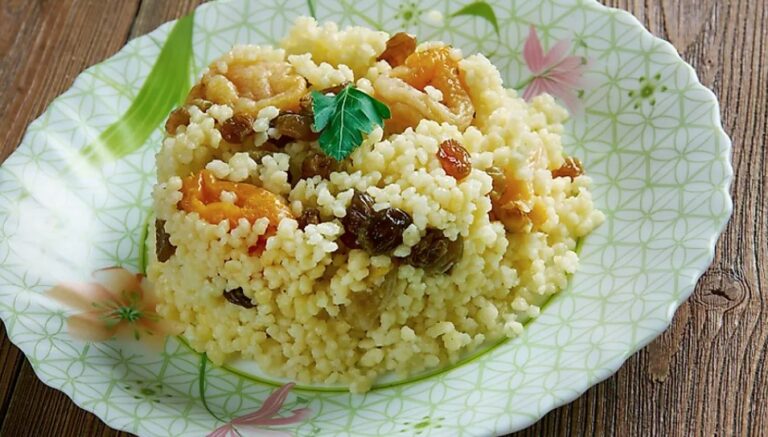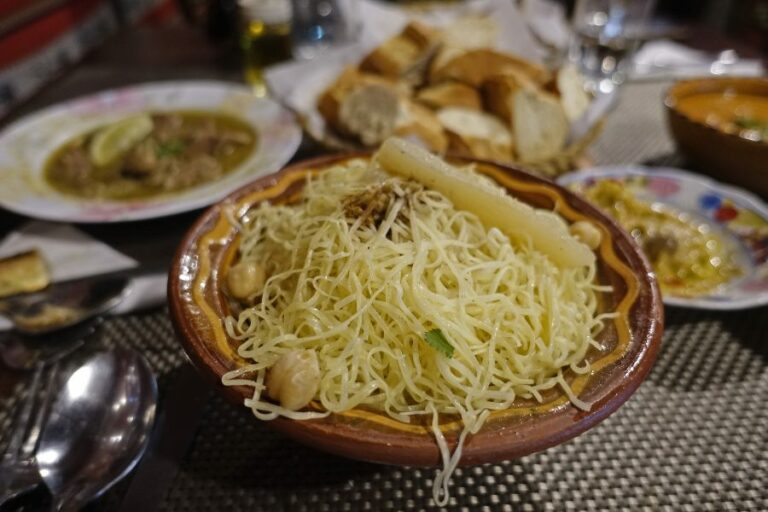Introduction: Dining in Andorra
Andorra, a small principality located in the Pyrenees mountains between France and Spain, has a rich culinary tradition. The local cuisine is a fusion of Catalan, French, and Spanish influences, resulting in unique and flavorful dishes. Dining in Andorra is a social event and an opportunity to enjoy good food and company. However, like in any other country, there are certain etiquette and customs associated with dining in Andorra that visitors should be aware of.
Table Manners: General Etiquette
When dining in Andorra, it is important to remember to arrive on time for the meal, as punctuality is highly valued. It is also customary to greet your dining companions before sitting down at the table. During the meal, it is polite to wait for everyone to be served before starting to eat. In Andorra, it is also considered rude to talk with your mouth full or to reach over other people’s plates to grab something.
Seating Arrangements at the Table
In Andorra, the host usually decides where the guests will sit at the table. It is common for the most important person to sit at the head of the table, with the host sitting next to them. The least important person usually sits at the opposite end of the table. Couples may be separated to encourage conversation among all the guests.
Appropriate Dress for Dining
Dressing appropriately for the occasion is important when dining in Andorra. While casual attire is acceptable in many restaurants, it is customary to dress up for formal events or when invited to someone’s home for dinner. Men may wear a suit and tie, while women may wear a dress or a skirt and blouse.
Ordering and Serving Food
In Andorra, it is common for the host or the most senior person at the table to order the food for the group. When the food arrives, it is customary to pass dishes to the left and to serve others before serving yourself. It is polite to take only what you can eat and to try a little bit of everything that is offered.
Use of Utensils and Cutlery
The use of utensils and cutlery in Andorra follows the standard European convention. The fork is held in the left hand, and the knife in the right hand. When not in use, the utensils are placed on the plate, with the knife and fork crossed in the middle. It is customary to break bread by hand, rather than cutting it with a knife.
Drinking and Toasting Customs
In Andorra, drinking is an important part of the dining experience. It is customary to offer a toast before the meal begins, usually with a glass of cava, the local sparkling wine. During the meal, wine is served with the main course, and it is customary to accept a refill when offered. It is also polite to offer a toast to the host or to the occasion.
Conclusion: Enjoying a Meal in Andorra
Dining in Andorra is a unique and enjoyable experience, but it is important to remember the customs and etiquette associated with it. By following these guidelines, visitors can show their respect for the local culture and enjoy a pleasant meal in good company.

